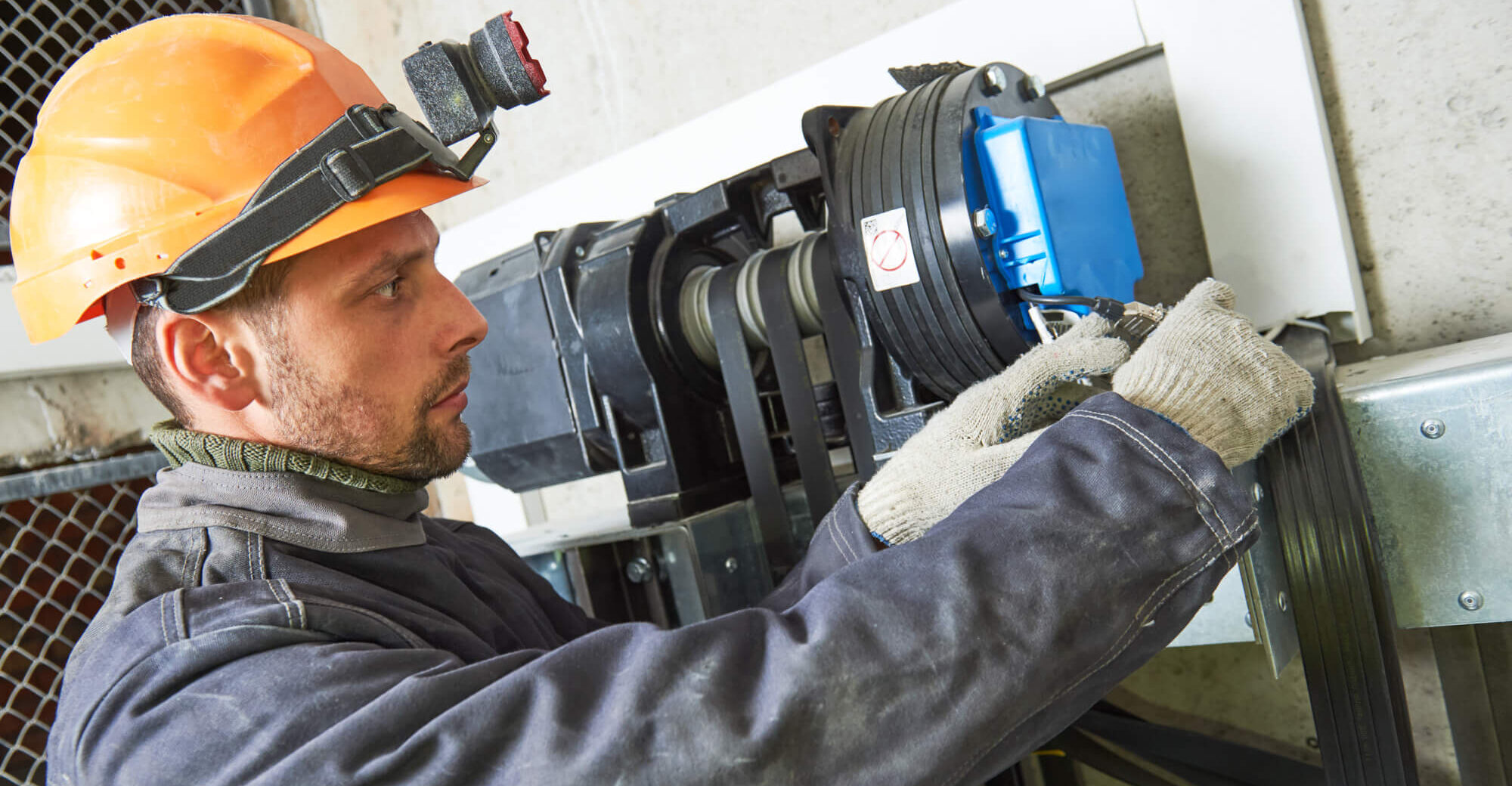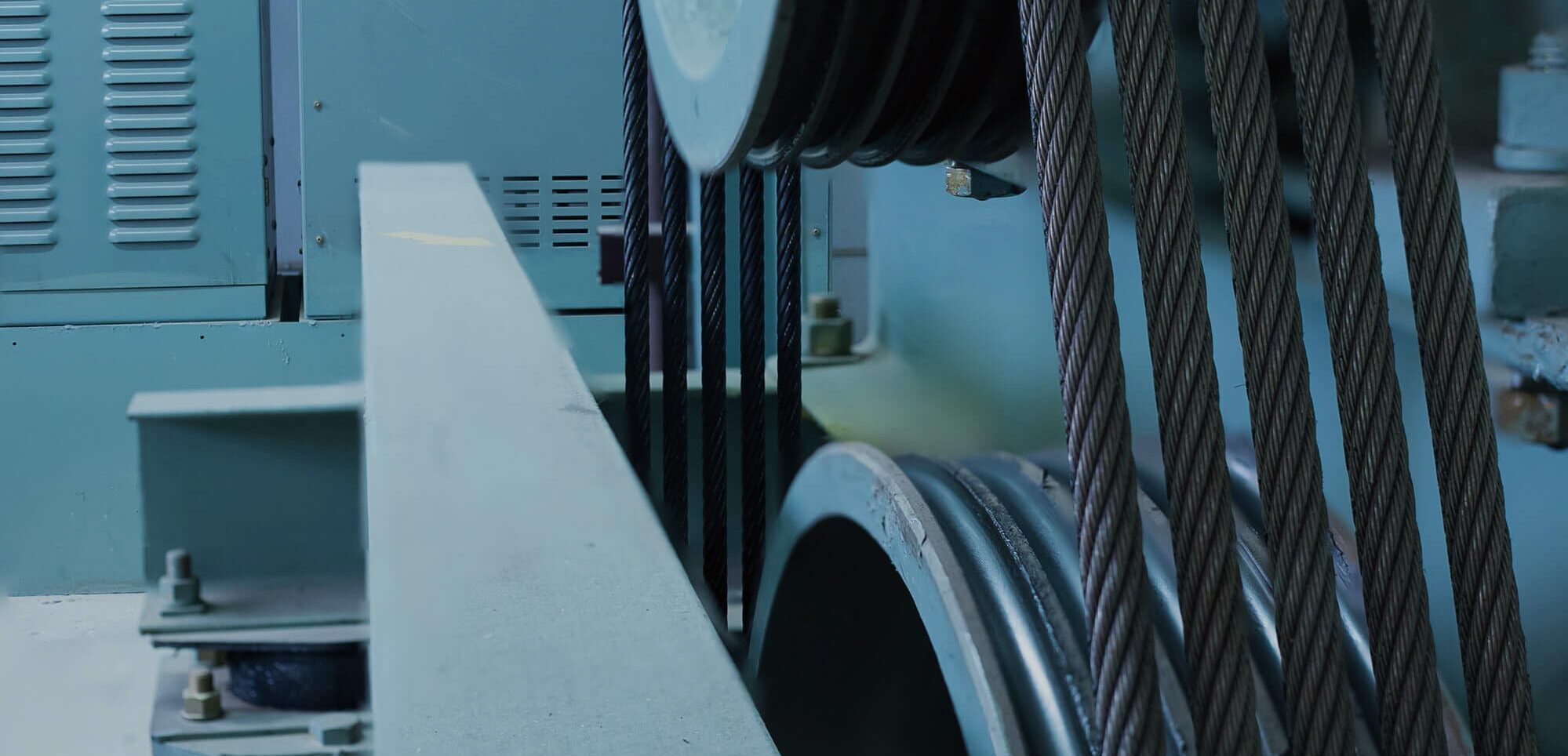Industrial elevator equipment should always be repaired or replaced whenever an issue arises, whether the elevator is carrying people or equipment. Safety is of the utmost importance. Industrial elevators need to be in the best condition possible to perform well, so it’s essential to maintain elevator equipment and repair or replace parts when necessary. Serious issues could occur if an elevator is not correctly maintained or looked after and could lead to damage or injury if something were to go wrong.
This article will detail the importance of maintenance, elevator equipment components, and repair and replacement causes. If elevator equipment is properly maintained on a regular schedule, then you’ll avoid doing significant work while keeping everyone safe.
Why Elevator Maintenance Is Essential
Just like any industrial equipment, elevator maintenance is essential to a safe and efficient overall system. If your elevator is not adequately taken care of, you might lose time when it breaks down or needs to be prepared. It’s crucial to have a protocol in place for regular elevator maintenance checks so that you can flag any issues before they get bigger or worse. Staying on top of any problems that arise will ensure you have the least amount of time without a working elevator.
Also, regular maintenance will ensure you catch any issues right away so the equipment can be repaired or replaced swiftly. By committing to maintenance, you’ll also avoid any harm or injuries due to faulty equipment. Much like you would replace your ice cream machine when it’s malfunctioning, elevator parts should never be overlooked if you want the whole system to run smoothly. Here are just some of the reasons why elevator equipment maintenance is crucial:
- Keeps passengers and other cargo safe.
- Ensures systems comply with applicable codes and follow regulations.
- Pass important inspections.
- Avoid repairs and replacements that could be costly.
- Catch red flags before issues worsen.
- Know how the elevator operates when there are no issues.
- Avoid injury or harm to elevator users.
- Keep the system running smoothly.
Elevator History
Elevators have been used in an industrial setting since the 1600s, believe it or not. Warehouses and manufacturing plants used manually operated elevators to lift freight. The elevator we know today originated from a design shown by Elisha G. Otis at the 1853 New York World’s Fair. The Otis elevator was known for an important safety feature it provided, a safety device that held the elevator in the event that the hoisting cables broke. This safety mechanism is engaged immediately to prevent catastrophe.
Elevators were first powered by steam, then water pressure (hydraulic), before becoming the elevator we know today, powered by electricity. Electric elevators offer two advantages: they have virtually no height limit, and electricity was becoming commonplace in every building as it is now. Control systems also advanced in technology with the elevator, as did the safety mechanisms. Working with a power industry expert will ensure you choose the right industrial elevator for your setting.
Elevator Components
Aside from the control and safety systems, industrial elevators have many other parts. When you see all of these components that make up an industrial elevator, it’s easy to see why maintenance is so essential. If one of these parts fails or malfunctions, it puts the whole system at risk. Of course, the safety measures, including the emergency phone and alarm buttons, add some protection against significant malfunctions. Below are some significant pieces of equipment that comprise industrial elevators:
- Steel framework
- Steel beams (called the crosshead)
- Pulley
- Hoist cable
- Sling
- Floors and sides (usually made of steel sheet)
- Handrails and other interior features
- Suspended ceiling with lighting
- Controls
- Alarm buttons
- Emergency telephone
- Steel guide rollers or guide shoes
- Guide rails
- Emergency brake mechanism
- Emergency cable

Repair and Replacement Causes
To start, if any of the pieces of equipment listed above have issues, you will need to look into repairing or replacing them. Some equipment elements are more important than others in terms of safety, but together they create an efficient system. Different elevator manufacturers may have different protocols, but all require regular maintenance checks. If you have an elevator technician regularly check your equipment, here are some things they will look at and perform maintenance on:
- Car and landing gates
- Lubricate bearings
- Gearbox oil change
- Door protection
- Safety circuits
- Foot pound pressure on door closing
- Ride comfort
- Oil levels
- Signal and light bulbs
- Car level at landings
- Over-speed drop tests
- Weight tests
- Brake adjustments
In addition, the elevator maintenance check will consist of an inspection of specific parts of the elevator. The inspection includes checking for visible flaws or malfunctions and observing how each piece of equipment is working. If the maintenance technician finds any issues with these pieces of equipment, further evaluation might be necessary to determine the problem. Each of these parts are important in the functioning of an industrial elevator, and therefore very important to check regularly. The technician will inspect the following components of your industrial elevator:
- Indicators
- Hoistway
- Wire ropes
- Counterweight systems
- Safety circuits
- Rack and pinion tooth engagement
- Traveling cable system
- Brakes
Repairing and Replacing
If issues arise when the elevator technician performs a check, then repairing or replacing parts might be necessary. Your industrial manufacturer can provide support if you find yourself in this position. If you’re committed to regular maintenance checks, you will catch problems right away. Repairing a part is the first option typically, and if that’s not possible, you may need to purchase a new piece to replace it. Either way, your industrial manufacturer can provide you with helpful information to move forward.
Maintaining Elevator Equipment
As mentioned, regular maintenance checks are the most critical part of maintaining industrial elevator equipment. Damaged or dysfunctional equipment should be replaced or repaired immediately. Industrial elevator safety is essential, no matter what the load is carrying. Regular checks with an elevator technician are recommended to ensure the elevator is always performing its best. If the elevator is well-maintained, repair and replacement will stay at a minimum.





